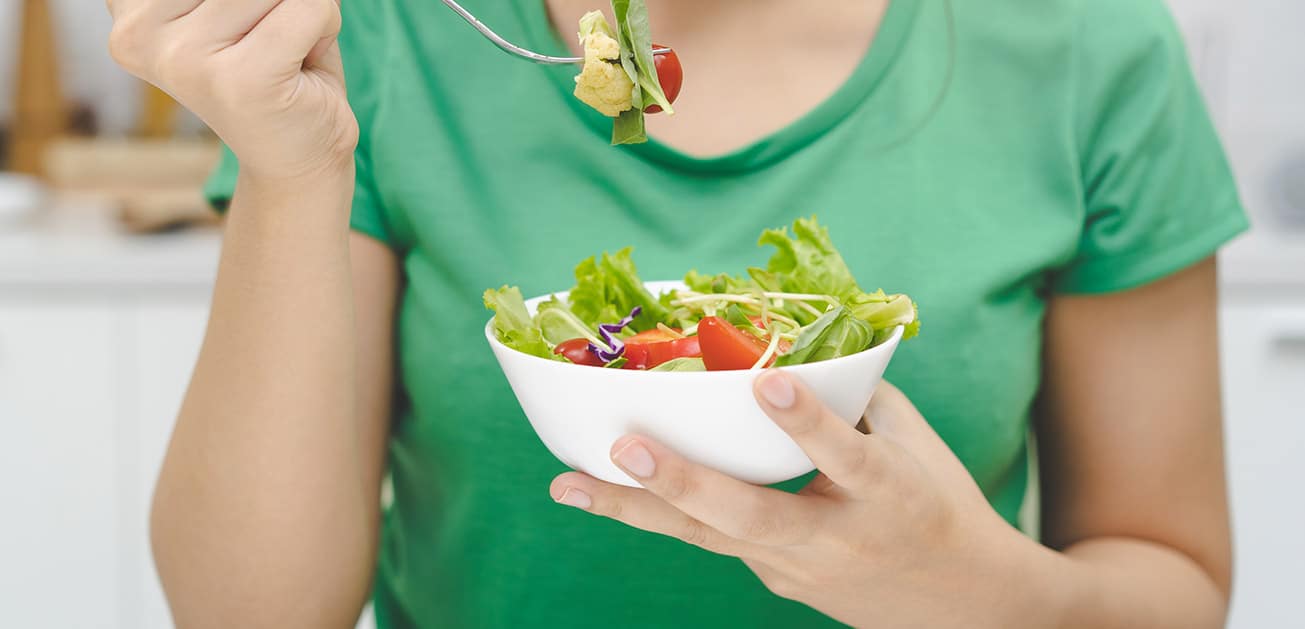VITAMIN D & HEALTH
Top 4 sources of Vitamin D for Vegetarians
There are not a lot of foods that contain Vitamin D naturally. The best source of Vitamin D in foods are found in fatty fish and in fish liver oils. – Unfortunately they do not come cheap, thus making it unaffordable for some. Cheaper alternatives like egg yolk, cheese, and beef liver do not have the amount of Vitamin D found in fatty fish and fish liver oils.1
However, this becomes an even bigger challenge to vegans and vegetarians who have a more restricted diet. Already limited by the amount of available sources, removing options like fatty fish, fish liver oil, beef liver, cheese, and eggs from the list makes it harder for these individuals to access foods rich in Vitamin D3.
So what other sources are there for people who are either vegetarian or vegan? Are there any Vitamin D rich vegetables or fruits? Do not fret! There are actually a few other options out there – let’s take a look at the top 4:
1) Mushrooms
Although mushrooms are easily available in markets and supermarkets, not all are packed with Vitamin D. Mushrooms which are high in Vitamin D are the ones exposed to sunlight, or to UV light. However, the amount of Vitamin D2 in UV exposed mushrooms decreases when stored for too long and when cooked.2 Unfortunately, there are no Vitamin D fruits as the amount found in fruits are negligible.
The Vitamin D found in mushrooms is called Vitamin D2 which is also different from the Vitamin D3 our body makes which is similar to the ones found in meat.3 There’s an ongoing debate on which Vitamin D is better for the body, with studies showing Vitamin D3 having a better indication of a rise in Vitamin D levels in the body as compared to Vitamin D2. However, it is still mentioned that the amount of evidence in these studies is still insufficient for scientists to decide which of the two is better.4
2) Fortified Foods
Ever seen orange juice with Vitamin D? The truth is, there is no Vitamin D in oranges. These juices are fortified with Vitamin D, giving vegans and vegetarians an added source of Vitamin D for consumption!5 Orange juice is one of the many Vitamin D fortified foods – you can find these in cereals, yoghurt, and soy milk too.6
3) Sunlight
Our bodies are able to synthesise Vitamin D from the sun. When ultraviolet B (UVB) rays penetrate our skin, it reacts with our skin cell – giving our body the ability to manufacture Vitamin D. We require about 10 – 30 minutes of exposure to sunlight every day for our bodies to maintain a healthy level of Vitamin D.7
However, the time suggested varies depending on many factors like skin colour, usage of sunscreen, amount of skin exposed, where you live, age, and even air pollution.8 These factors greatly affect the time needed for an individual to be exposed to UVB so that their bodies can manufacture the amount of Vitamin D they need.
People with trouble depending on sunlight for Vitamin D are advised to consume foods that are high in Vitamin D or to take supplements. This brings us to our next source of Vitamin D for vegetarians!
4) Supplements
Vitamin D supplements are readily available in general pharmacies across Singapore. Vitamin D supplements are available in 2 different forms; Vitamin D2 that’s found in mushrooms and Vitamin D3 that is found in meat.9
Supplements are convenient, but it is advisable to consult a doctor before starting on any supplement. A doctor would be able to identify the right amount of Vitamin D you would need to consume from supplements, which ensures that you do not consume too little or too much. If you’re planning to depend on supplements for your dose of Vitamin D, be sure to read more about Vitamin D supplements here.
Ideally, you can also consult one of our many partner clinics islandwide. Our doctors are able to advise you based on your lifestyle and diet. A Vitamin D test can also be administered for better accuracy. These clinics carry a wide range of Cholecalciferol that comes in different presentations including solutions and sprays. Our products can be consumed by both adults and children with the necessary dosage advised by our partner doctors. Schedule a consultation here.
References
1) Harvard T.H. Chan School of Public Health. “Vitamin D | The Nutrition Source | Harvard T.H. Chan School of Public Health.” Available at:
https://www.hsph.harvard.edu/nutritionsource/vitamin-d/. Accessed 26 September 2022.
2) National Library of Medicine. “A Review of Mushrooms as a Potential Source of Dietary Vitamin D.” Available at:
https://www.ncbi.nlm.nih.gov/pmc/articles/PMC6213178/. Accessed 26 September 2022.
3) Burriesci, Holly. “How Mushrooms Become High in Vitamin D.” Available at:
https://www.montereymushrooms.com/blog/how-mushrooms-become-high-in-vitamin-d. Accessed 26 September 2022.
4) Kubala, Jillian. “Vitamin D2 vs. D3: Benefits, differences, and more.” Available at:
https://www.medicalnewstoday.com/articles/vitamin-d2-vs-d3#vitamin-d-2-vs-d-3. Accessed 26 September 2022.
5) OmegaQuant. “Fruit Sources of Vitamin D.” Available at:
https://omegaquant.com/fruit-sources-of-vitamin-d/. Accessed 26 September 2022.
6) Jones, Taylor, and Franziska Spritzler. “7 Healthy Foods That Are High in Vitamin D – Nutrition.” Available at:
https://www.healthline.com/nutrition/9-foods-high-in-vitamin-d#7.-Vitamin-D-fortified-foods. Accessed 26 September 2022.
7) Raman, Ryan. “How to Safely Get Vitamin D From The Sun.” Available at: 28 April 2018,
https://www.healthline.com/nutrition/vitamin-d-from-sun#overview. Accessed 26 September 2022.
8) National Library of Medicine. “Factors influencing vitamin D status.” Available at:
https://pubmed.ncbi.nlm.nih.gov/21384086/. Accessed 26 September 2022.
9) Petre, Alina, and Taylor Jones. “6 Good Sources of Vitamin D for Vegetarians.” Available at:
https://www.healthline.com/nutrition/vitamin-d-foods-for-vegetarians#6.-Supplements. Accessed 26 September 2022.
RELATED ARTICLES









